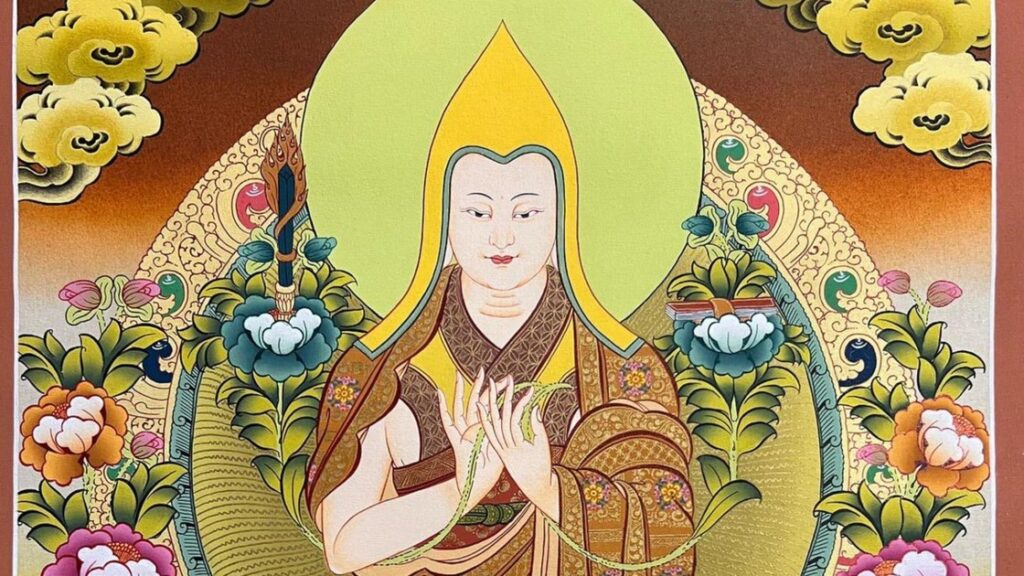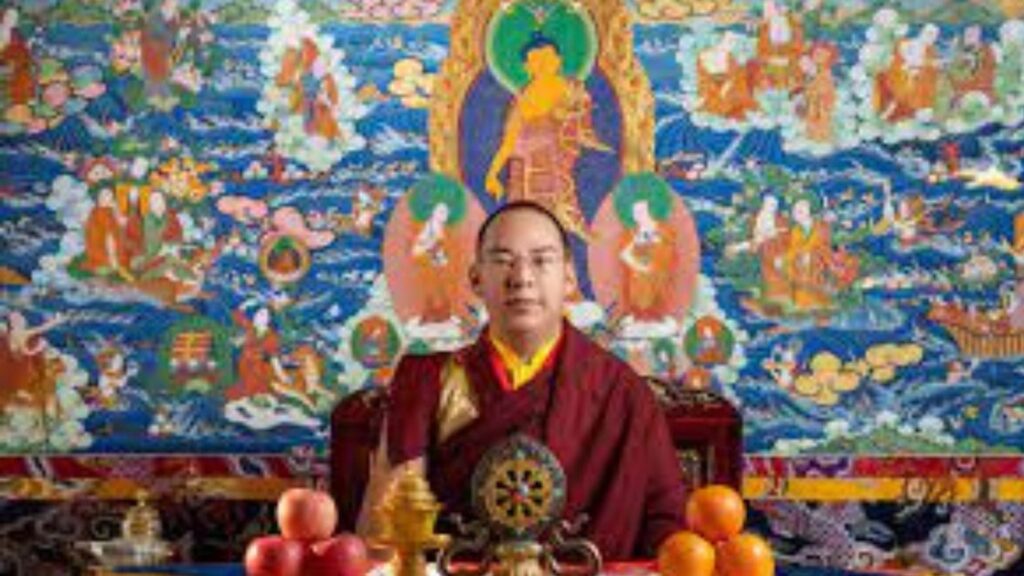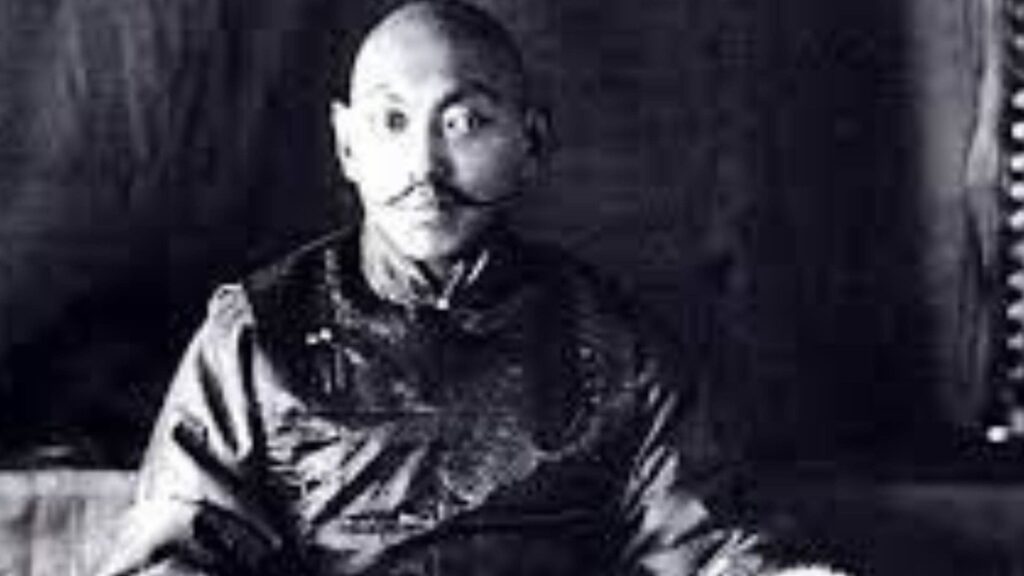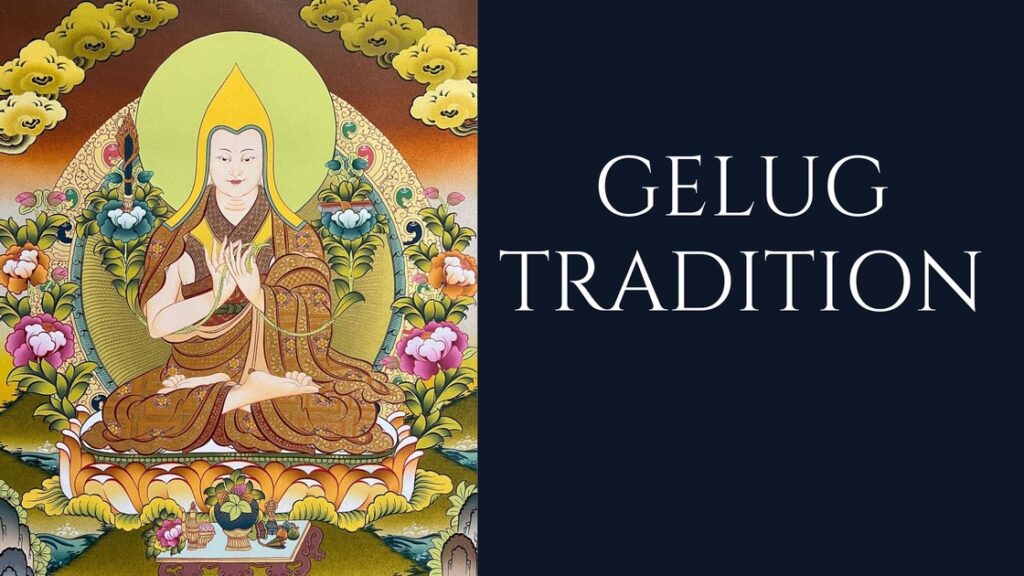+86-15889090408
[email protected]
Tibetan Buddhism is a rich and diverse spiritual tradition that has captivated the hearts and minds of people around the world. Within this tradition, the Gelug sect holds a special place as one of the most influential and widely practiced schools. In this blog post, we will delve into the fascinating world of the Gelug sect, exploring its history, key teachings, and unique practices.

The Gelug sect, also known as the “Yellow Hat” sect, was founded in the 14th century by Je Tsongkhapa, a renowned Tibetan scholar and spiritual master. Je Tsongkhapa sought to revive the pure teachings of Buddhism and establish a monastic order that would uphold strict discipline and intellectual rigor.
Je Tsongkhapa, also known as Lama Tsongkhapa or Tsongkhapa Losang Drakpa, was a highly revered Tibetan scholar, philosopher, and spiritual master. Born in 1357 in the Amdo region of Tibet, Je Tsongkhapa went on to become one of the most influential figures in Tibetan Buddhism. His teachings and writings continue to inspire and guide practitioners to this day.
From a young age, Je Tsongkhapa displayed exceptional intelligence and a deep interest in Buddhist philosophy. He received a comprehensive education in various fields, including Buddhist scriptures, logic, debate, and meditation. His insatiable thirst for knowledge led him to study under renowned masters of his time, mastering the vast Buddhist teachings.

Je Tsongkhapa felt a deep concern for the state of Buddhism in Tibet, which he believed had become diluted and corrupted. In an effort to revive the pure teachings of the Buddha, he founded the Gelug sect, also known as the “Yellow Hat” sect, in the early 15th century. The Gelug sect emphasized strict monastic discipline, rigorous scholarship, and a commitment to ethical conduct.
One of Je Tsongkhapa’s most renowned works is “The Three Principal Aspects of the Path.” In this text, he succinctly outlines the essential elements of the Buddhist path to enlightenment. The three aspects are renunciation, bodhicitta (the altruistic aspiration for enlightenment), and the correct view of emptiness. This concise yet profound teaching continues to serve as a guide for practitioners seeking spiritual progress.
Je Tsongkhapa also composed “The Great Exposition of Secret Mantra,” a comprehensive treatise on the practices and philosophy of tantra. This seminal work provides detailed instructions on deity yoga, mantra recitation, and the subtle energy systems within the body. It has become a cornerstone text for those interested in the esoteric aspects of Tibetan Buddhism.

Je Tsongkhapa’s teachings and monastic discipline had a profound impact on Tibetan Buddhism. His emphasis on scholarship, ethical conduct, and the integration of sutra and tantra became hallmarks of the Gelug sect. His disciples, known as the Ganden Tripa, continued his lineage, ensuring the preservation and propagation of his teachings.
One of the defining characteristics of the Gelug sect is its emphasis on scholarship and philosophical inquiry. Gelugpa monastics dedicate themselves to the study of Buddhist scriptures, logic, and debate. This rigorous intellectual training is seen as a means to deepen one’s understanding of the teachings and cultivate wisdom.
The Gelug sect places great importance on the study and practice of the Lamrim, a comprehensive guide to spiritual development. This text outlines a progressive path that leads practitioners from the foundational teachings to the advanced stages of meditation and realization.
Another key teaching of the Gelug sect is the cultivation of bodhicitta, the altruistic aspiration to attain enlightenment for the benefit of all sentient beings. This compassionate motivation is considered essential for spiritual progress and is nurtured through various practices, such as the recitation of mantras and the performance of rituals.
Monastic discipline, known as Vinaya, is a fundamental aspect of the Gelug sect. Monks and nuns adhere to a strict code of conduct that governs their behavior, ethics, and daily routines. This discipline is seen as a means to purify the mind, cultivate virtue, and create the conditions for spiritual progress.
Over the centuries, the Gelug sect has gained widespread popularity and influence, not only in Tibet but also in neighboring regions such as Mongolia, Bhutan, and parts of China. Its emphasis on scholarship, discipline, and compassion has resonated with countless individuals seeking spiritual guidance and personal transformation.

The Gelug sect of Tibetan Buddhism stands as a beacon of wisdom, compassion, and intellectual inquiry. Its rich history, profound teachings, and disciplined practices continue to inspire and guide practitioners on the path to enlightenment. Whether you are a seasoned Buddhist or simply curious about this ancient tradition, exploring the Gelug sect can offer valuable insights and a deeper appreciation for the beauty of Tibetan Buddhism.